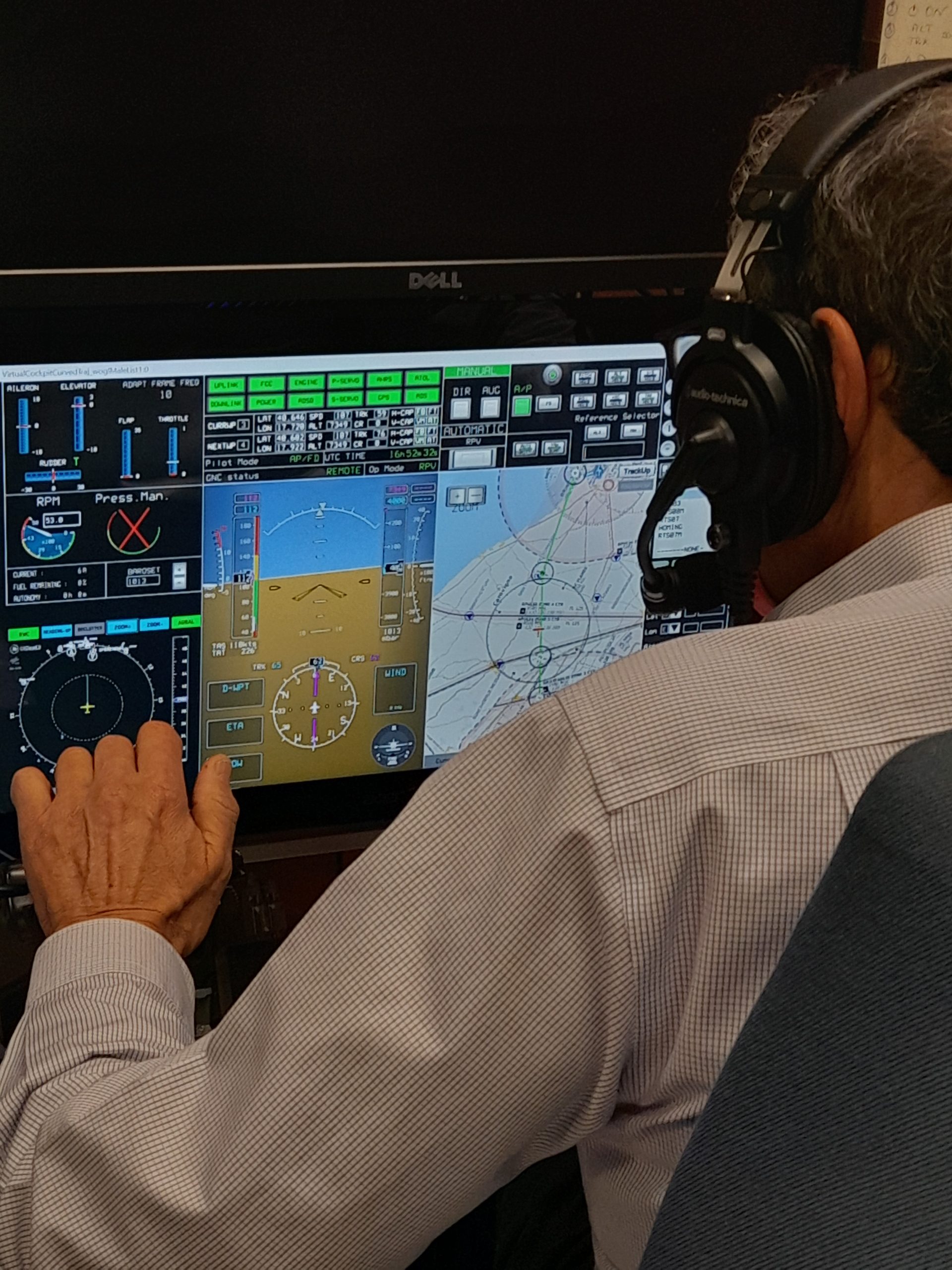We have already told you about the URClearED’s first Real-Time simulations to test the Remain Well Clear concept, conducted at CIRA (IT), in the previous article (also reported on the Unmanned Airspace online journal!). We have news about the second round, keep reading to have all the information and first feedback by pilots and controllers.
Last week, we closed the second Real Time Test Campaign at the Italian Aerospace Research Center (CIRA) laboratory, which took place from the 12th to the 14th of April.
In addition to the tests already performed in the first campaign, during these three days, URClearED performed further 11 tests for a total of 6 hours of simulation and more than 20 encounters.
In this second round, the team repeated four tests of the first campaign with:
- the TUAV (Tactical Unmanned Air Vehicle with fixed wing);
- a new setting for the Remain Well Clear (RWC) software (anticipated Caution Alert to give more time to the pilot for reacting);
- a new, more readable, Cockpit Display of Traffic Information (CDTI), thanks to our partner DLR, the German Aerospace Centre.
Moreover, other 7 tests were performed with a MALE (Medium Altitude Long Endurance) Unmanned Air Vehicle (UAV) that has different maneuverability performance with respect to TUAV.
The team performing the tests was composed of:
- 4 different ATCOs;
- 2 experimental pilots;
- 2 human factors experts from Deep Blue;
- 6 test engineers from CIRA.
Several indications were collected on RWC operation procedures, RWC/HMI (Human-Machine Interface) software, safety impacts, as well as suggestions on proper training of remote pilots on the Remain Well Clear utilization.
In the coming days, the involved team will analyze the data, reports, notes and audio/video collected during this Test Campaign to have final conclusions in the upcoming weeks.
Stay tuned to discover the final results!
In conclusion, on behalf of the URClearED project, we want to thank everyone who supported this second RTS campaign, with a special mention to the CIRA team that planned, prepared the experimental set-up and controlled the tests, to DLR that provided the HMI, to Deep Blue experts that performed the Human Factor assessments, to the Advisory Board component, Mr. Diotallevi, and to Mr. Velotto, ATCO of Capodichino Airport, who, together with our ATCos, acted as controller and pseudo-pilot in several tests, giving precious contributions and feedback.

